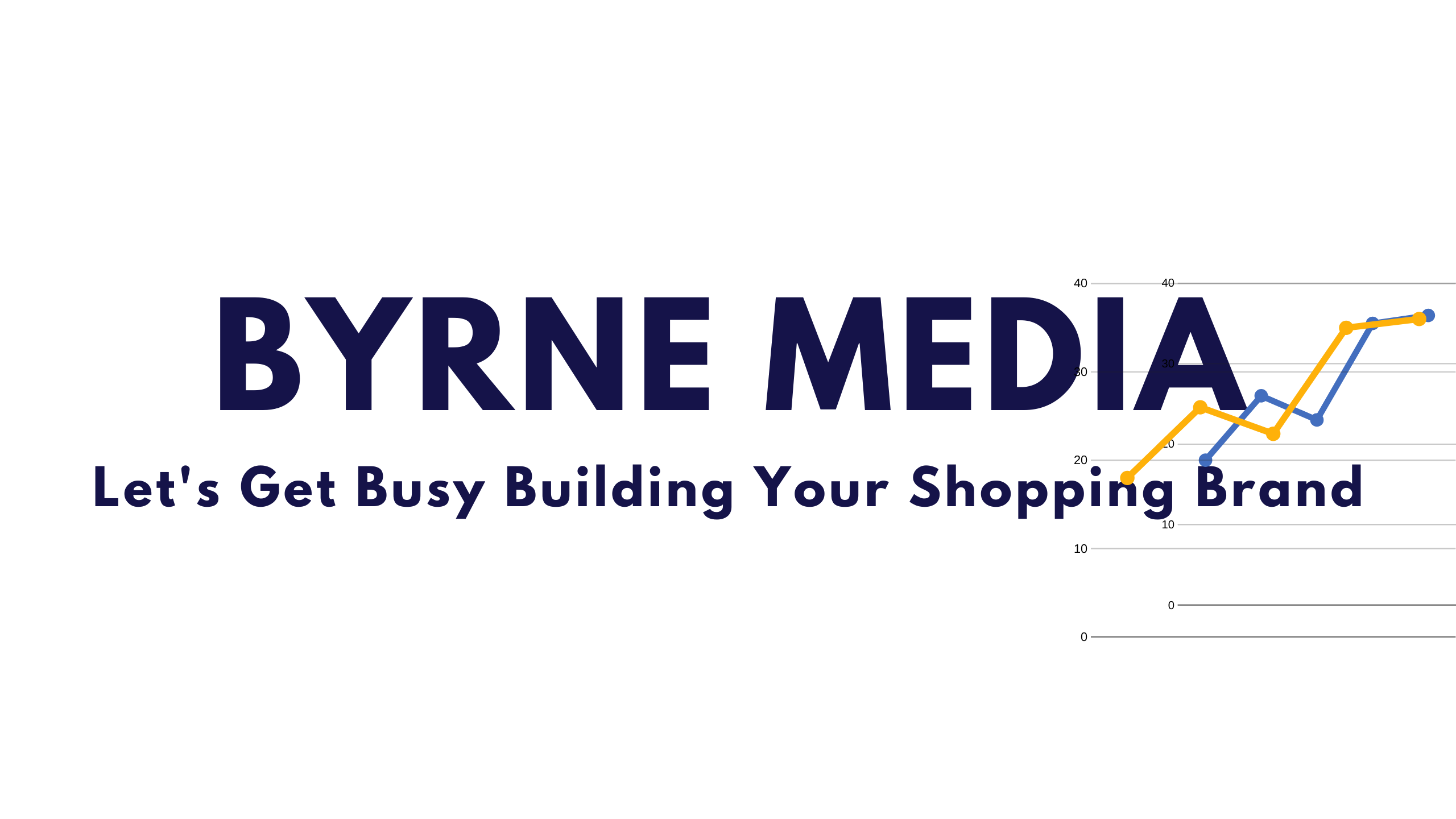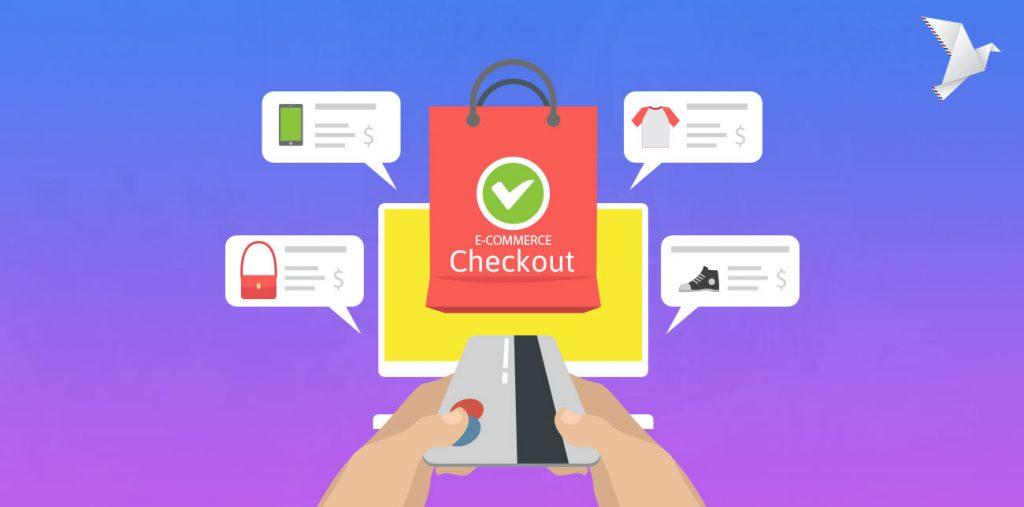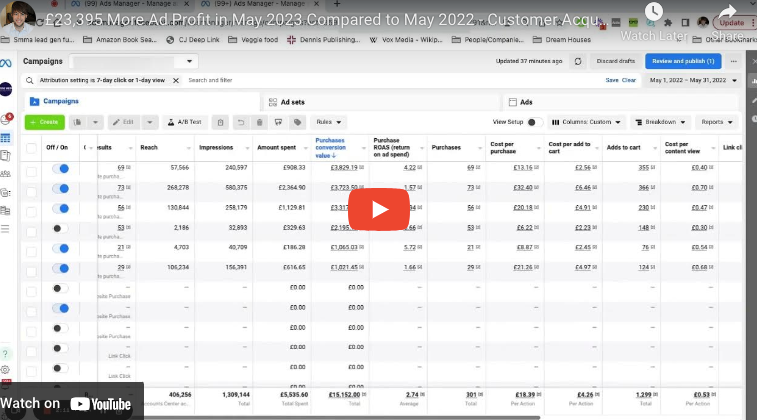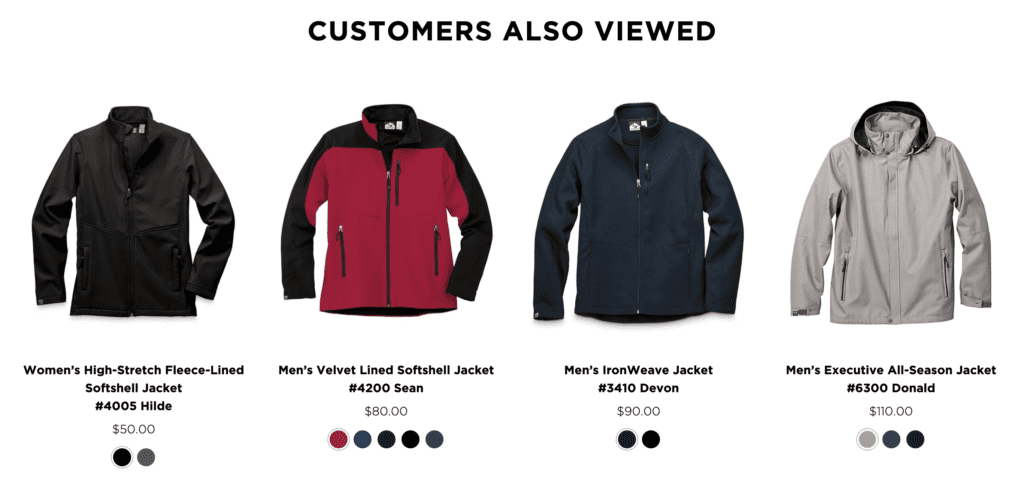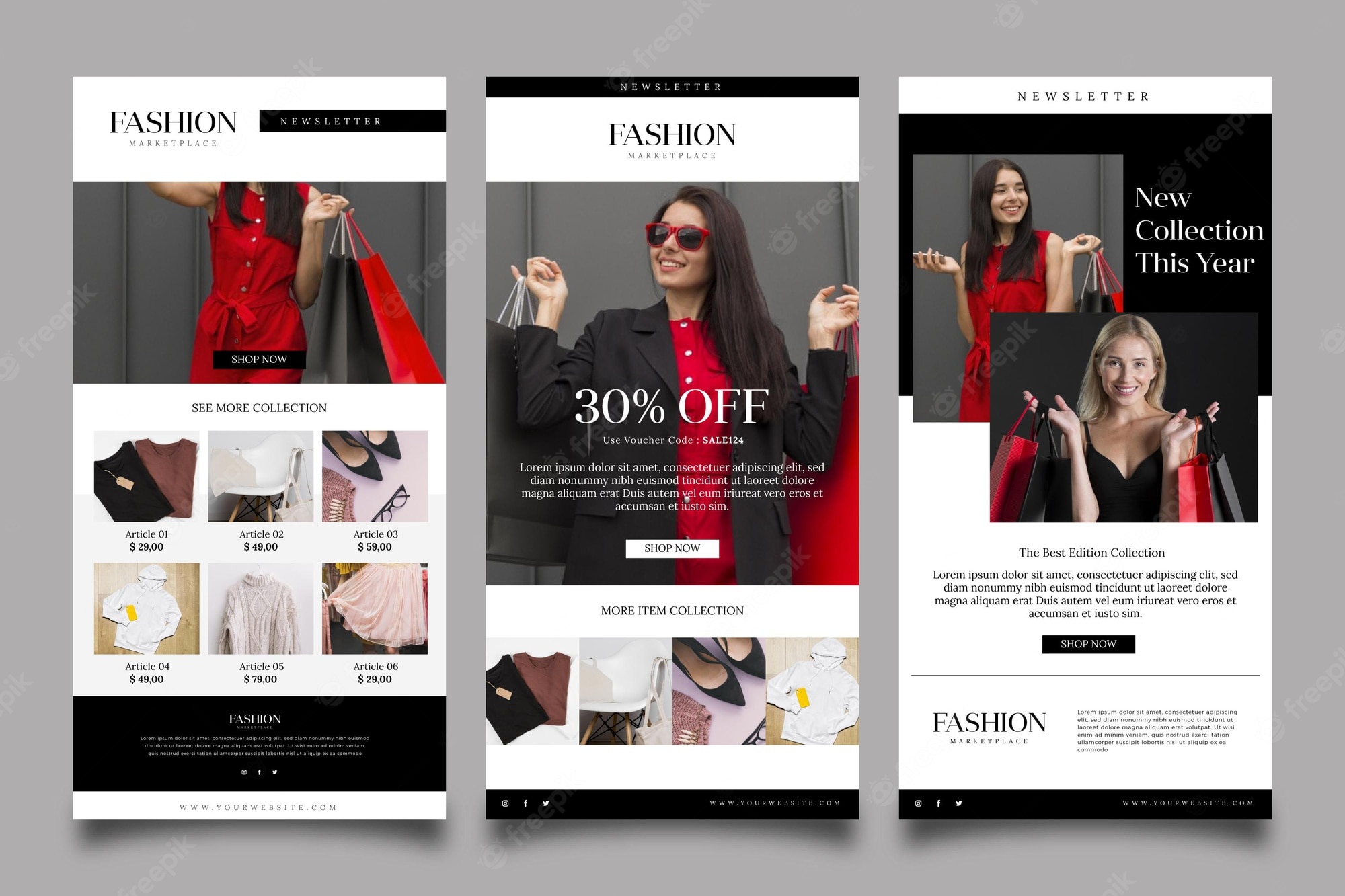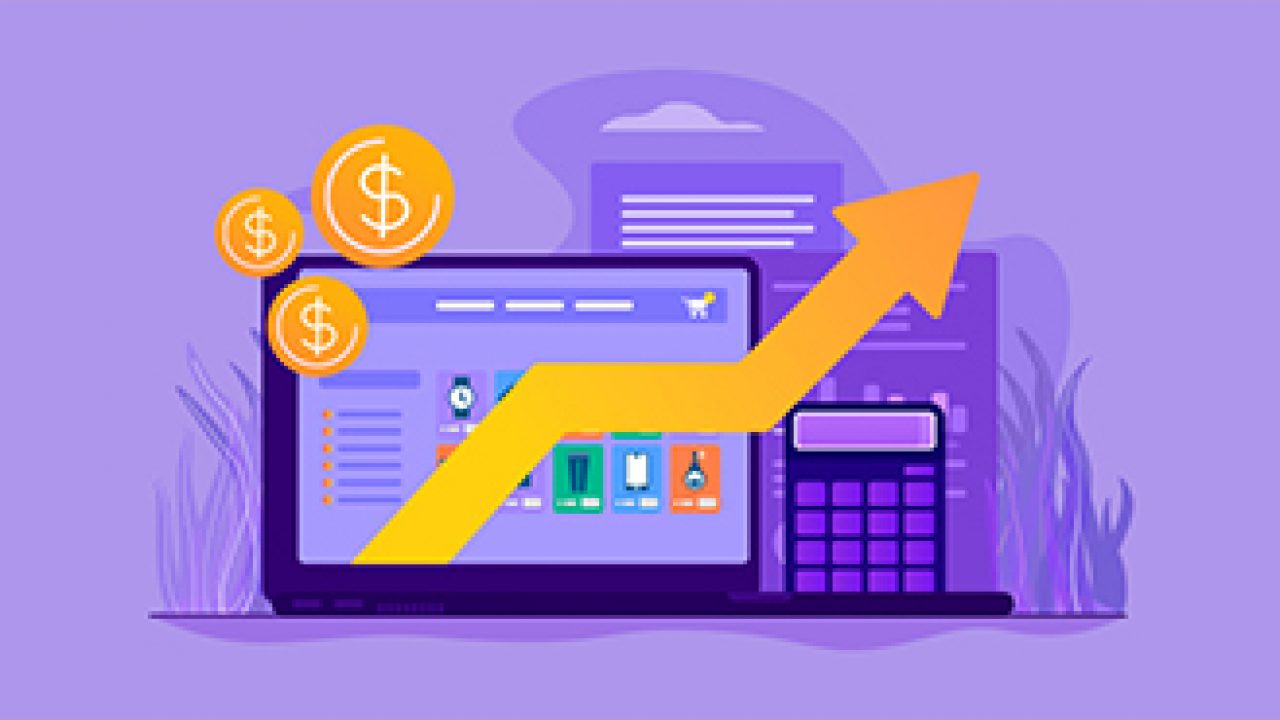
I speak with various ecommerce brands each week and one of the most common topics is the idea of having a flow of consistent traffic landing on their website. Targeted traffic that has an interest in what value the brand has to offer, so that it converts.
We can achieve this through various actions like social media (organic & paid), email marketing, search traffic (organic & paid), direct traffic & referrals.
Whilst organic traffic from the likes of search engines and social media pages can help with landing targeted traffic to your site, it shouldn’t be the only solution. You can’t rely on organic traffic to build and sustain your brand online. You need to incorporate other traffic strategies.
Running ads with the right marketing strategy to acquire attention from your target audience is in my opinion the best way to acquire new customers and sell to existing customers. That coupled with email marketing are the two main drivers that will build your brand much faster than posting social media posts all day long.
Using organic social media has its importance, especially when you are first starting out with building an audience for the problems you solve and the value you have to offer your market. But if you wish to scale things up and build your brand to new levels of revenue generation, using paid media will help you achieve this.
However…
In order for your brand to become successful with paid media, you need to have these four pillars in place.
Otherwise you’ll be spending your marketing investment into a system with holes that will not help you achieve a return on your investment.
Let’s dive straight in…
Product
First up on the list is the product(s) you sell as a brand. Your product plays a huge part in the sales conversion process. If your product is of low quality, doesn’t do a good job of delivering a positive end result for your market, shipping times are slow etc, your media buying efforts on a high level will not work as a long term strategy.
Over time you’ll end up getting poor reviews, poor quality/feedback scores on your media buying accounts (Facebook, Google etc) and you’ll end up paying higher customer acquisition costs.
So make sure you’re selling products that are delivering a desired outcome, with a good customer experience before you start investing into the idea of acquiring customers and sales using paid media.
Customer Journey & Sales Process
Another very important pillar to consider for your brand is to make sure your customer journey & sales process is on point. This is the part where you have a sales funnel in place that is designed to acquire attention from your target audience, create desire for your product and persuade them to complete a purchase.
It looks a little like this –
Advert/Post -> Website -> Cart -> Checkout -> Post Follow up
If this journey is not performing well on your website, you should look to improve it so that you increase the sales conversion rate of your website. Having a strong sales process and customer journey can make your paid media work as you know already that audiences you send to your website convert into revenue for your business.
So in theory…
If you use paid media to acquire this attention & presell for your brand, your sales process will continue to convert. You can always test various elements of your website’s customer journey through split testing certain elements of your website to improve conversion rate.
If your ad is getting a lot of clicks and attention using appropriate targeting, but you’re not getting conversions (sales), it’s likely your website is the problem.
You can see now why having a good converting website and sales process is highly important when you’re looking to spend money on advertising platforms to acquire sales.
Here are some reasons why a website’s sales process doesn’t convert well –
- Loading Speed – Slow load times will frustrate your visitors and they will bounce
- Perceived Value – Make sure your value to cost ratio is value heavy
- Purchase Process is Too Long – Make sure your purchase process is quick and easy to complete
- Lack of Trust – If your website doesn’t do a good job of building trust and credibility, you’re not going to convert your visitors into buyers
- Include Guest Checkout – Don’t have your visitors sign up for an account. Allow them to complete the purchase as a guest
So the important takeaway for this point is that your customer journey needs to be a good experience and you need to have a good converting website in order for your advertisements to work well.
Advertising

Once you have covered the previous two points, your advertising will be in a better position to become successful. Running ads to a poor converting website that sells poor quality products will short live your advertising campaigns.
You need to have a strategy in place along with crafting ads that are good at acquiring attention, drawing the eye of your target audience into your offer and communicating your value through engaging ad copy and creatives.
Your ads need to resonate with your audiences a lot! They have to evoke emotion and a real understanding of your ideal customers. Knowing their problems, pain points, desired outcomes, feelings etc, will give you the data you need in order to create high converting advertisements.
When you couple a great ad with the right audience, it’s more or less game over. You will convert your audience into buyers, as long as you have the other pillars I am referring to in place.
How do you make ads that resonate so well with your ideal customers?
Here are some questions you should answer to find that out –
- Understanding their pain/pleasure points
- How does your offer deliver a solution to these pain/pleasure points?
- What things turn your customer off?
- What language does your customers use?
- What grinds their nerves?
- Are their common traits among your target audiences?
Answers to these questions will help you create ads that will resonate with your ideal customer, acquire their attention and get them to take action with your brand.
Product Market Fit
The last point I want to mention about being successful with media buying for your ecom brand is having a good Product -> Market -> Fit. This is perhaps the most important out of the four pillars.
Why?
Your brand’s website could have the world’s best sales process, the most amazing ads, a high quality product… but if you don’t have a product offering that is in demand and is what the market wants/needs, you are going to have a hard time selling it.
So how do you know if there is a market for your product?
Pretty simple really…
You just got to look at previous revenue data. This track record will be a great indicator in providing proof that your product is in demand. If you have spent money in the past to generate this revenue, was the return good?
To run some simple numbers….
Let’s say you have a good media buyer in place that knows what they are doing and you spent 1,000 in a previous marketing campaign to generate 2-3,000. Your investment actually made you money.
What if you spent 1,000 and it generated 600?
Clearly your investment didn’t pay off and there might be a reason for that. Perhaps the product you are selling just doesn’t have strong demand.
These proof of concepts will help you to determine if there is a market that is actively wanting and actively seeking what you sell. As a general rule…It’s safe to say that if your brand is doing consistent five figures a month in revenue, there is a strong indicator that what you sell has got demand.
Conclusion
So there you have it. These are the four pillars your brand needs to have in place in order for it to be successful when running paid media campaigns on the likes of Google’s network (search, Display network, Youtube), Facebook, Instagram, Snapchat and the various other traffic networks that are available to use online.
A quality product that has demand for what it offers the market, with a website sales process that converts and the right advertising & marketing campaigns in place, your brand will turn out to be a success.
